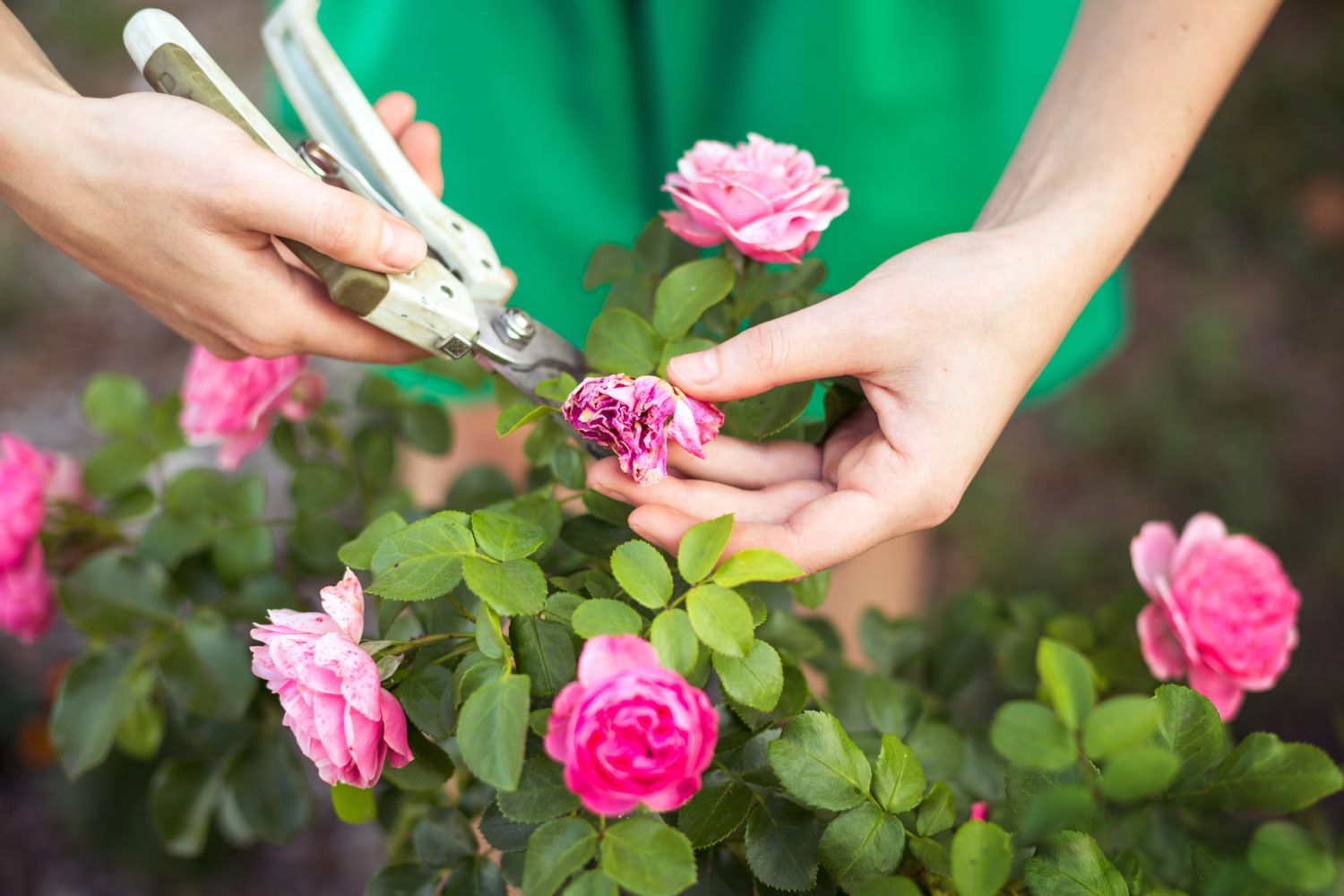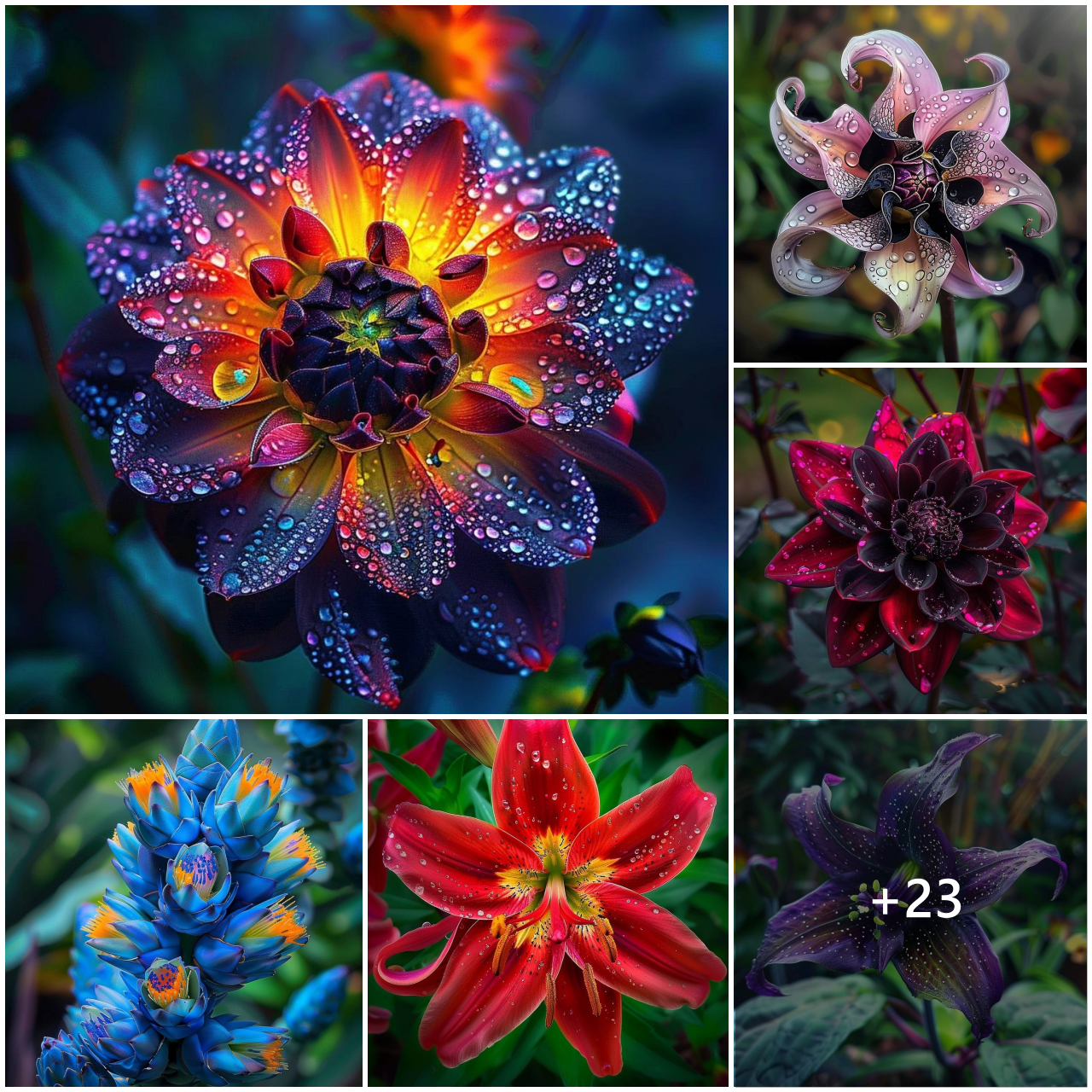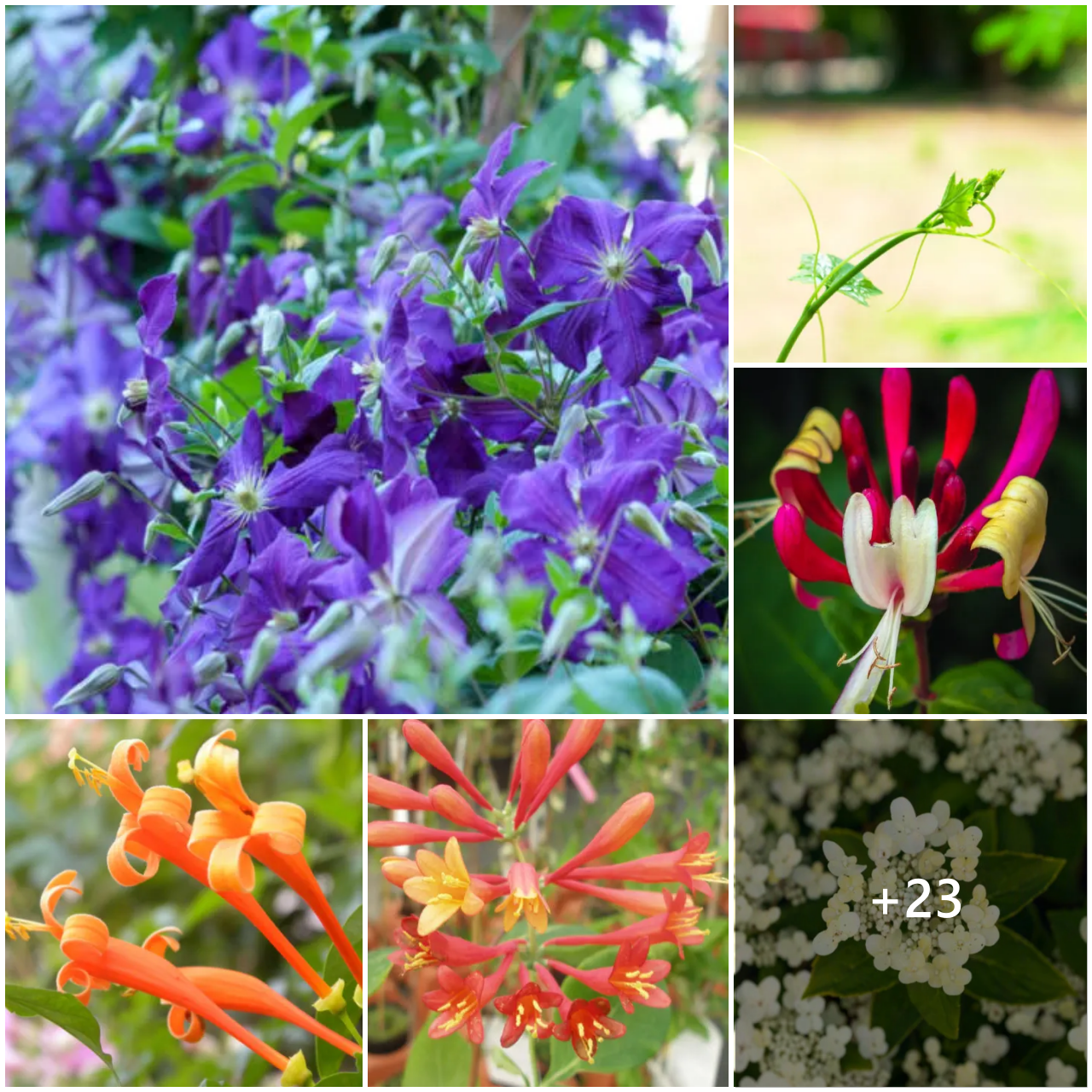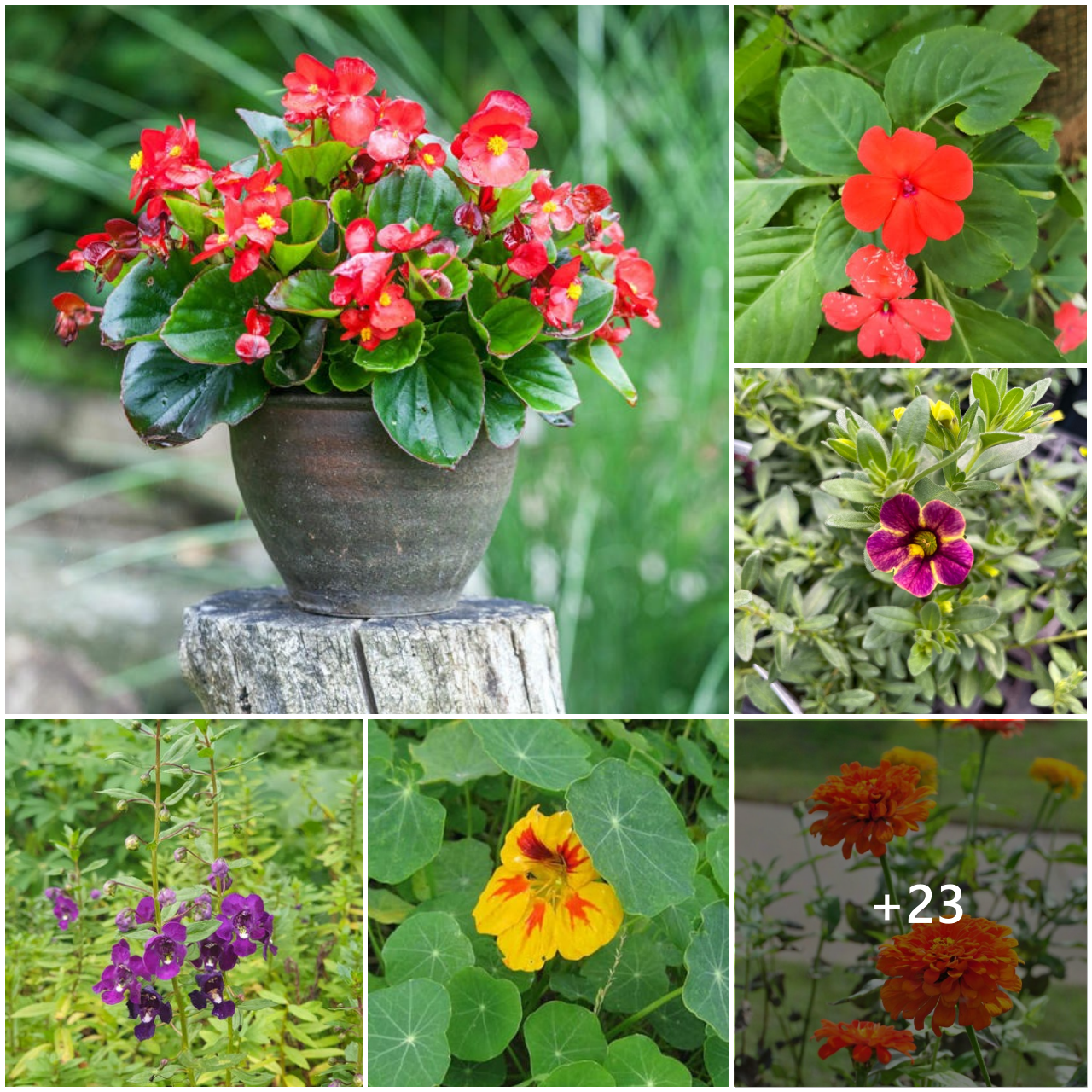Deadheading your flowers is an easy garden task, but is it completely necessary? The answer is sometimes! Deadheading, or removing spent blooms and seed pods, encourages some annuals to bloom over and over and some perennials to rebloom.
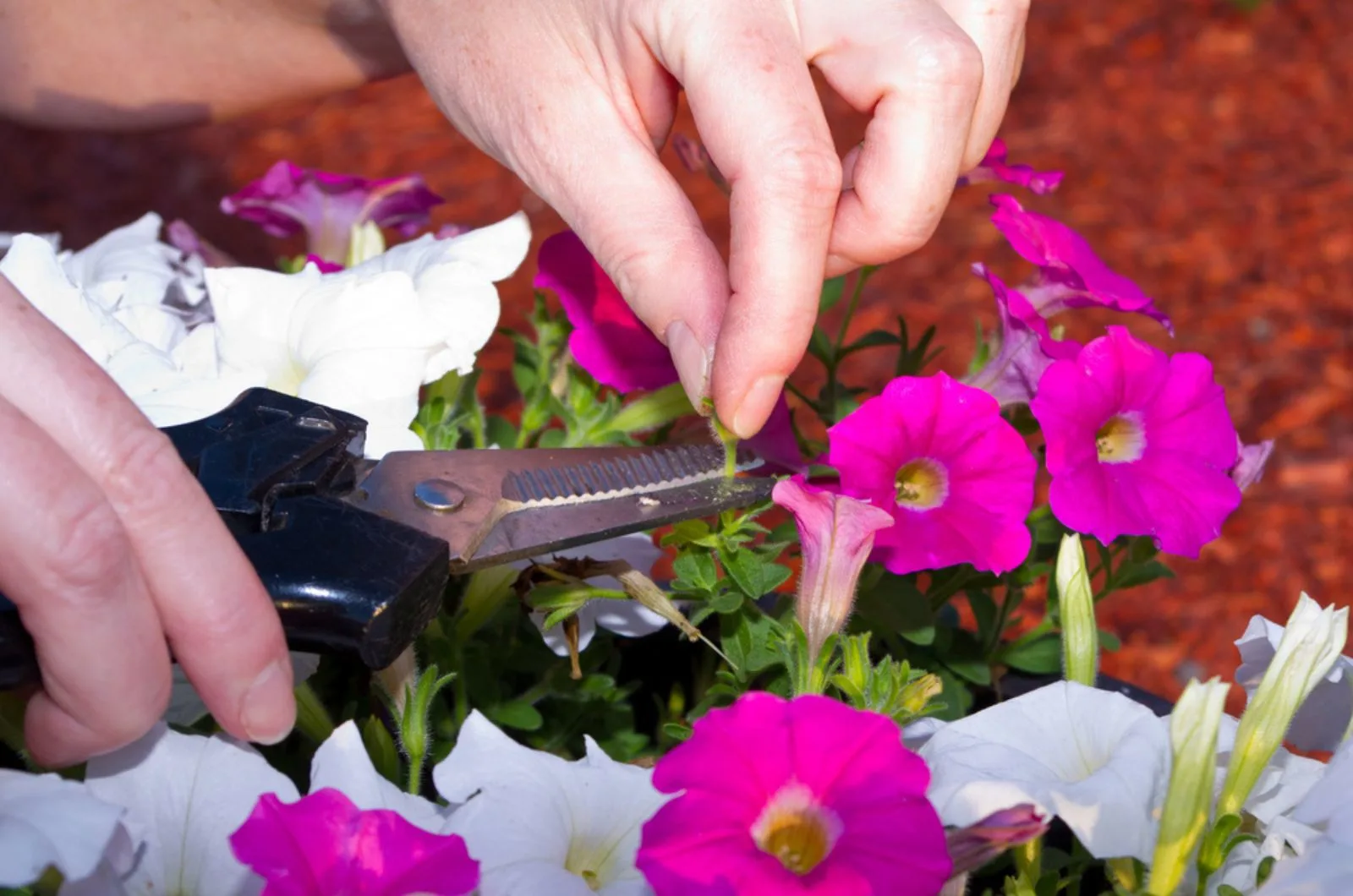
Here’s why deadheading works to encourage more blooms: Plants have one job in life, which is to make seeds in order to reproduce. After a plant flowers, it puts all its energy into producing seeds. When you deadhead, the plant still wants to reproduce, so it pushes out more flowers in an attempt to make more seeds. In a way, you’re tricking it into reblooming.
Deadheading also prevents the reseeding of self-sowing plants, such as morning glories or columbine, which drop tons of seeds that pop up again in your garden next spring. That’s fine if you don’t mind lots of new baby plants in that area, but it’s annoying if you don’t want a certain plant in a specific location.
Removing spent blooms also allows you to keep a close eye on your plants to scout for early signs of pests or disease. Deadheading keeps your garden looking neat and tidy, too. It’s also somewhat meditative (and so satisfying!) to wander around the garden deadheading at a leisurely pace with your morning cup of coffee in hand.
Here’s how and why you should deadhead and when it’s not necessary:
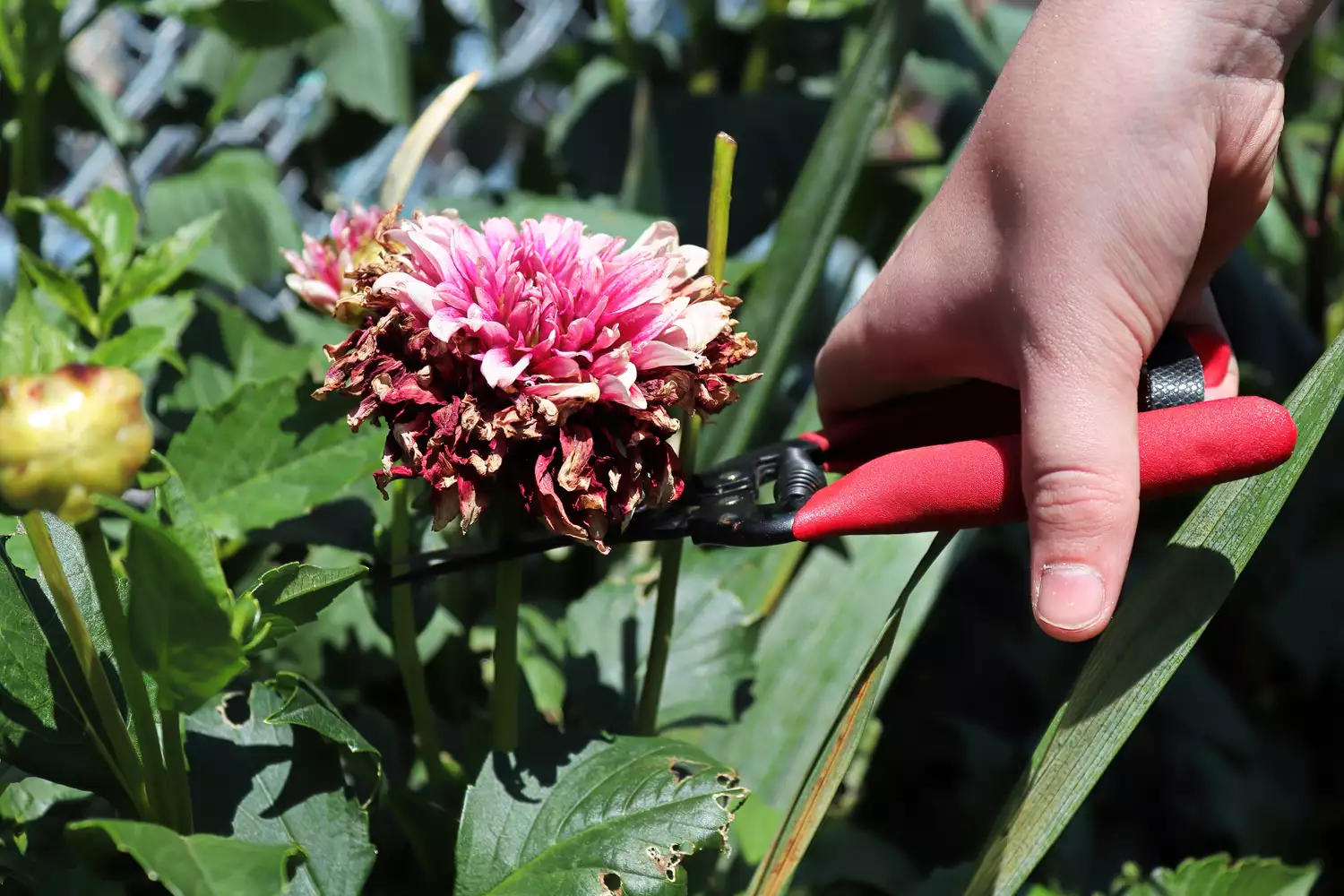
It’s super simple: Use your fingers or garden snips to cut off the faded flower head. Make sure you get the entire seedpod that’s forming behind the flower, not just the flower petals. Aim for a spot below the flower and just above the first leaves on the stem. Also, be careful you’re not accidentally taking off any new buds hiding in the foliage.
Flowers That Should Be Deadheaded
Many annuals look and perform their best when deadheaded. That includes marigolds, salvia, coleus, cosmos, snapdragons, and zinnia. Some perennials also benefit and may rebloom when deadheaded, including bellflower, blanket flower, cranesbill, bee balm, and garden phlox. Dahlias, which are treated as annuals but can be perennial in the Lower South, also bloom for a longer period of time when you deadhead them.
While some perennials won’t rebloom, removing the faded flowers will direct energy into the roots and foliage for better flowering next year. That includes daffodils, hyacinths, and irises; take off the entire flower stem down to where the foliage comes out of the ground. Peonies won’t rebloom, but snipping off spent flowers to the first set of leaves puts the plant’s energy into next year’s flowers. Ditto for daylilies; remove each flower (which, of course, only lasts a day) when they get mushy, then snip the stem off at ground level when all the blooms have opened.
Flowers That Don’t Need To Be Deadheaded
If you don’t want to fuss in the garden, many flowers are considered self-cleaning, meaning they deadhead themselves so you won’t have to trim them back to encourage new blooms. That includes annuals such as begonias, torenia, impatiens, portulaca, and many new cultivars of petunias, such as the Wave and Supertunias series.
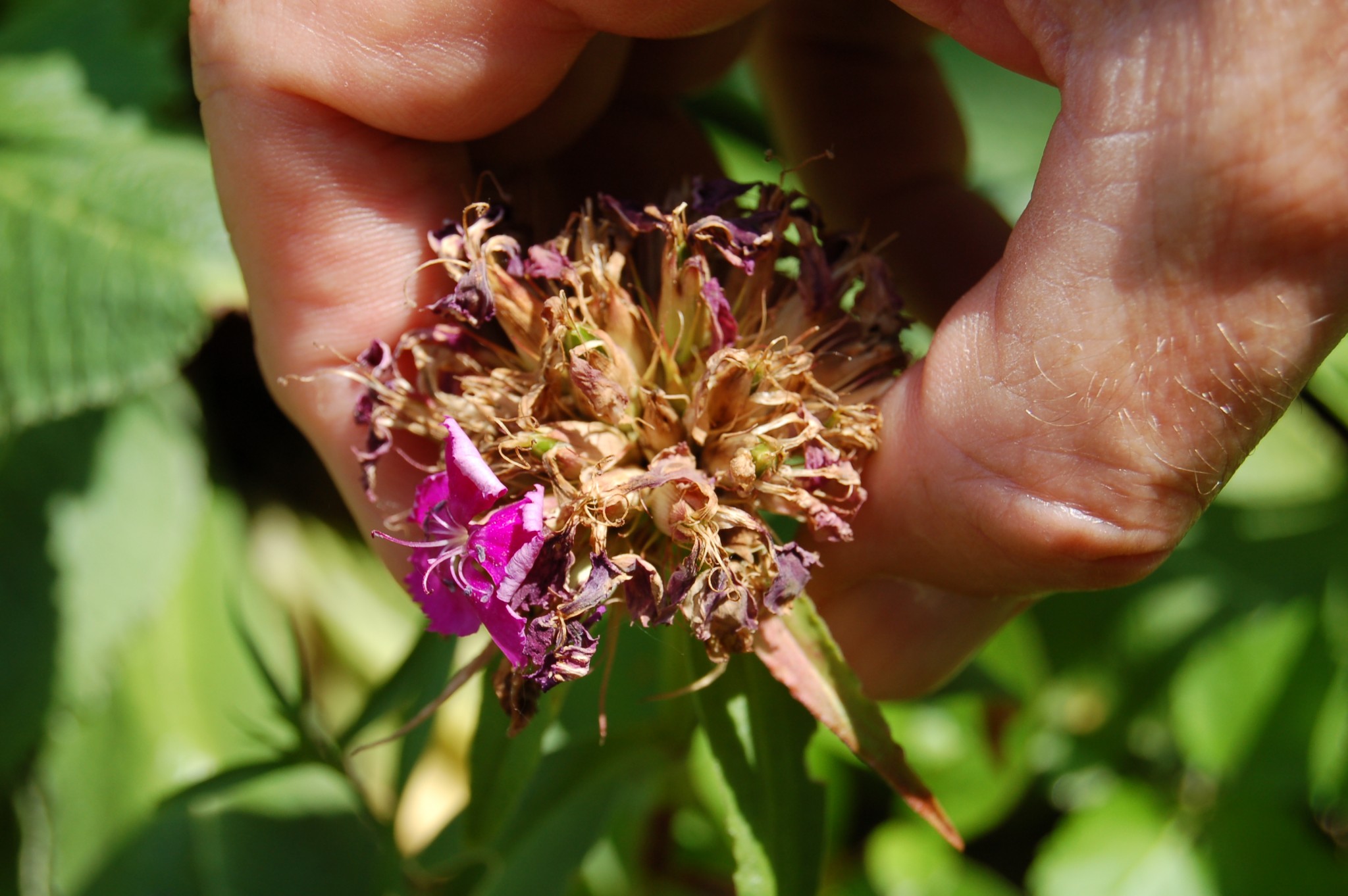
Do I Have To Deadhead Flowers?
It’s entirely up to you. Many gardeners love the chore, but some hate it! Don’t take the joy out of gardening and make work for yourself if you’d rather be doing something else. And if you’re in doubt about whether or not to deadhead a plant, just skip it. Nature knows what to do.
Don’t Deadhead in Late Summer and Fall
Some gardeners like the look of unique seedpods in the garden over the winter. In addition, many plants such as coneflowers, cornflowers, and sunflowers provide winter food for birds. If you’ve been diligent about deadheading, stop doing so in late summer and fall so wildlife will benefit.
